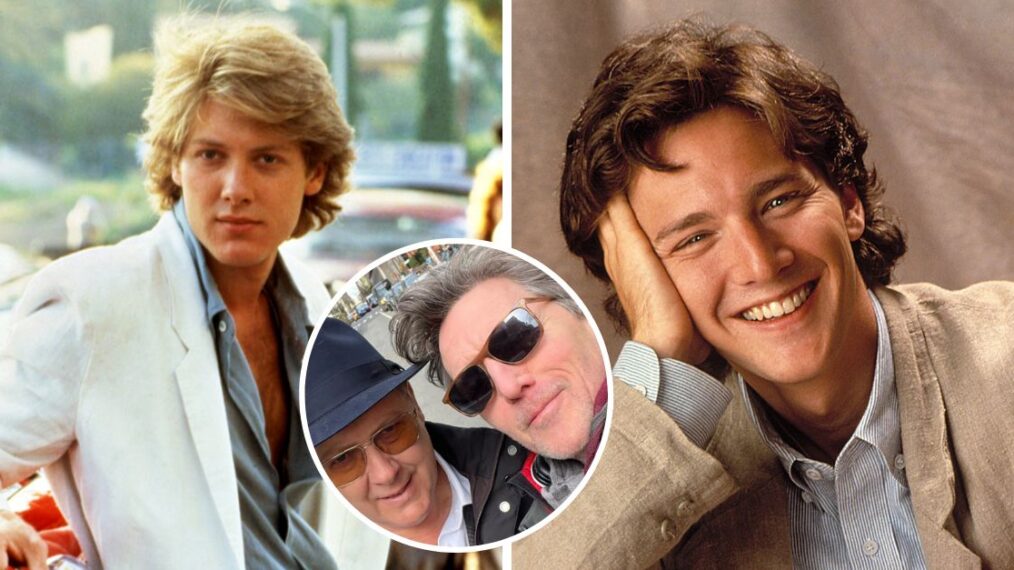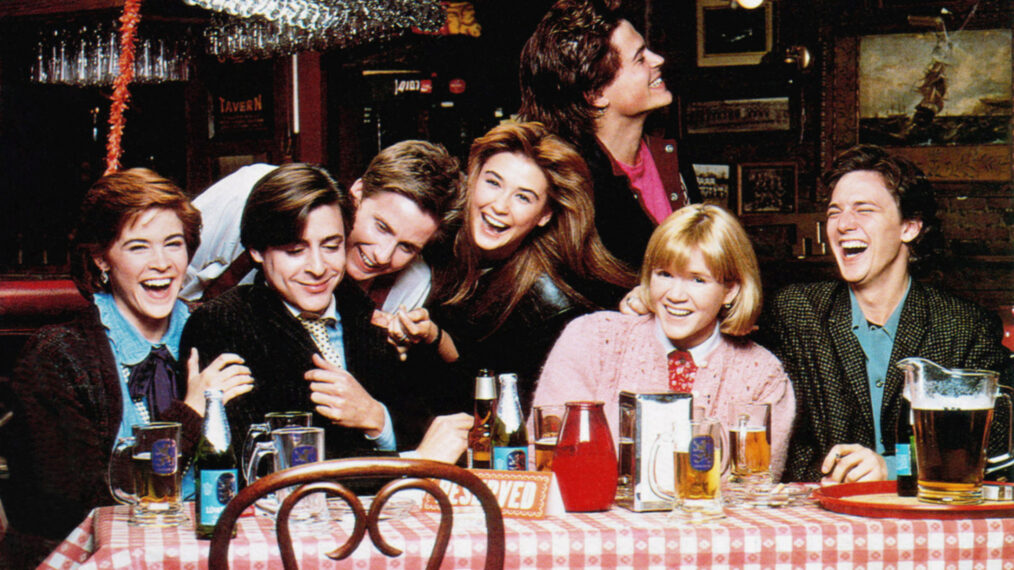Missing the ’80s? Read Andrew McCarthy’s Memoir for an Inside Look Into the Brat Pack!
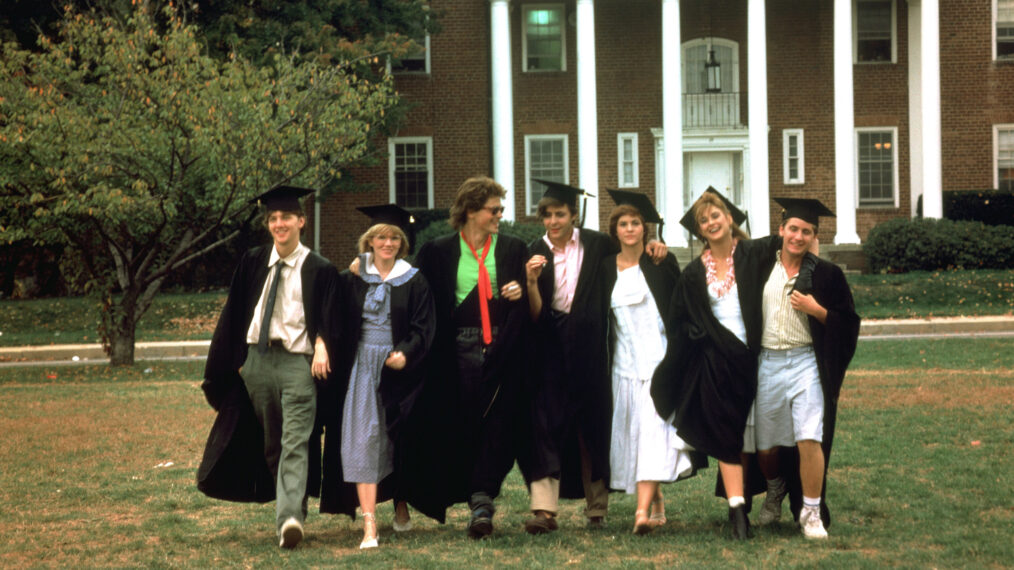
If you’re looking for a new read (or a portal back into the 1980s!), Andrew McCarthy’s 2021 memoir, Brat: An ’80s Story, currently being adapted into a documentary, will definitely give you a case of major nostalgia — while entertaining you with an insider’s look into ‘the biz.’
The Pretty in Pink star is truly a writer in his own right. In this very honest account of his troubled entry into adulthood, which coincided with his rocketing fame, McCarthy chronicles his acting career, life of excess drinking and various surreal Hollywood moments in a surprisingly authentic and vulnerable way. It’s also just a very entertaining read, so it’s easy to see why it is the basis of an upcoming film, which will focus not only on his own experience but also on the entire group of actors who were once collectively labeled “the Brat Pack” — Emilio Estevez, Rob Lowe, Judd Nelson, Molly Ringwald, Ally Sheedy, Demi Moore and Anthony Michael Hall.
In Brat, McCarthy writes at length about his trouble fitting into Hollywood as well as with the other young, aspiring soon-to-be superstars of the Brat Pack.
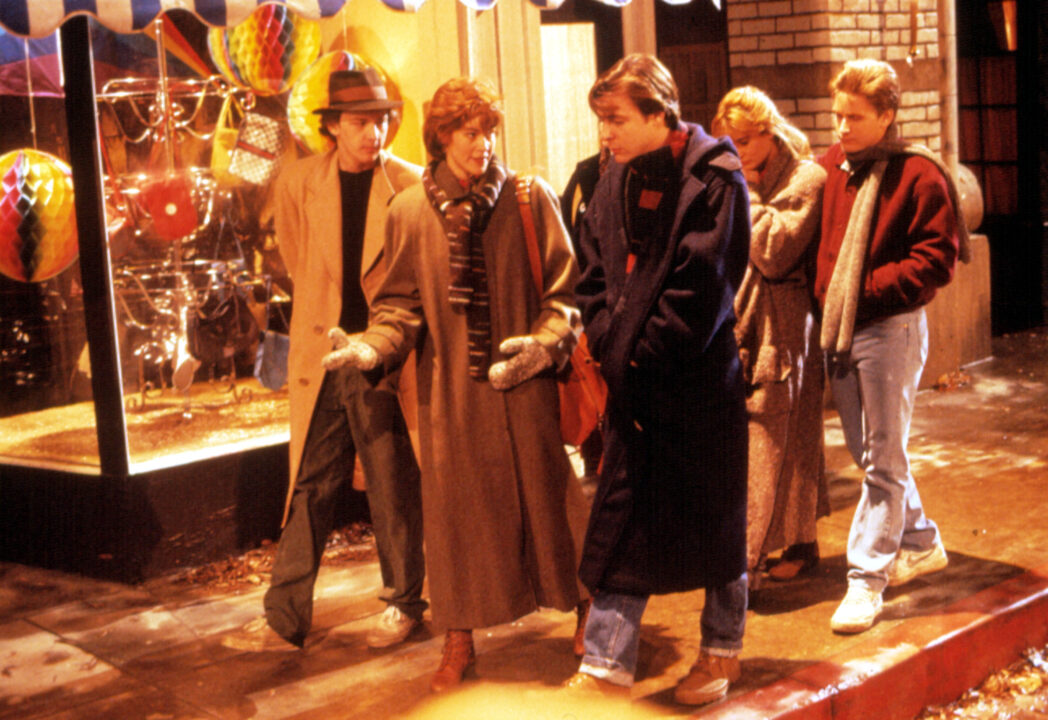 Most of what he recalls of arriving on set to film St. Elmo’s Fire is anxiety.
Most of what he recalls of arriving on set to film St. Elmo’s Fire is anxiety.
“I knew Rob from Class, but the rest were new to me,” he writes. “They seemed to all have a history with each other. Rob and Emilio Estevez were close friends. Emilio had been romantic partners with Demi Moore, and he had done a yet-to-be-released movie called The Breakfast Club with Judd Nelson and Ally Sheedy. The only other person of the core group who shared no history with the others was Mare Winningham, on whom I developed a deep and abiding crush that would hang over me for several years. Being pregnant at the time of filming and already a mother of two young children, Mare suffered my adoration as patiently as her already full life would allow.”
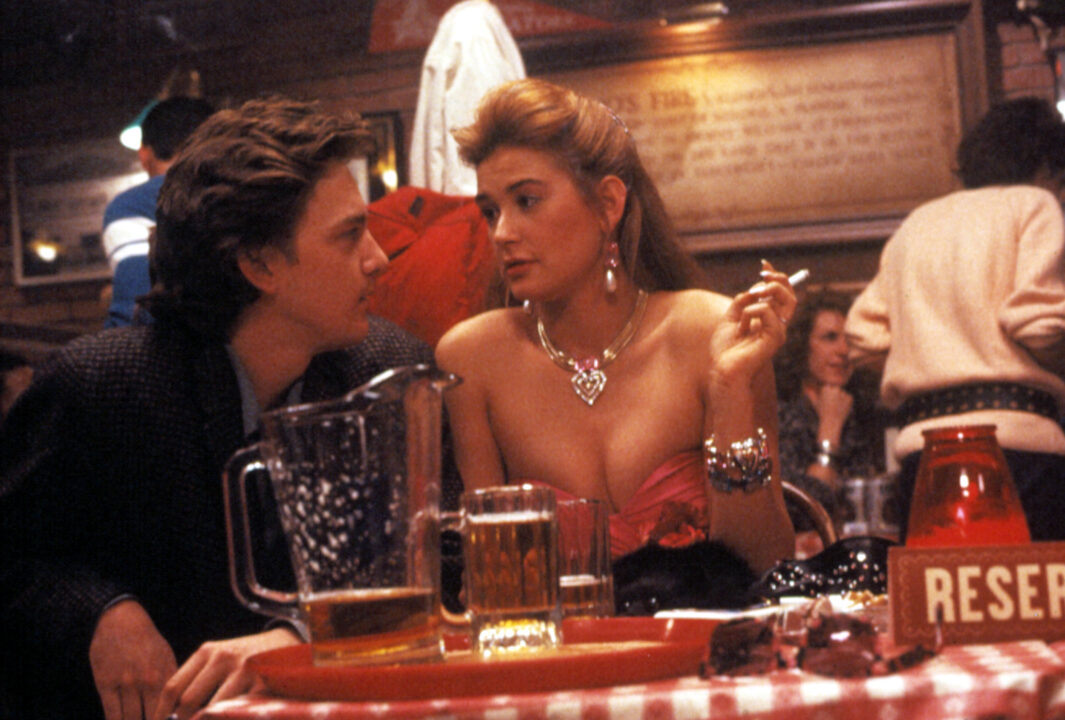 McCarthy writes of several uncomfortable encounters during filming, one of which was a romantic scene with Ally Sheedy, in which the director got so frustrated with them he started screaming.
McCarthy writes of several uncomfortable encounters during filming, one of which was a romantic scene with Ally Sheedy, in which the director got so frustrated with them he started screaming.
“Ally burst into tears,” McCarthy recalls. “I stood up, clad only in a small patch of flesh-colored cover, and yelled back at Joel, ‘What the hell do you know about making love with a woman anyway!’ Joel stared back at me. I huffed and puffed some more, forgetting my generally unclad state, while the crew stared at their feet.”
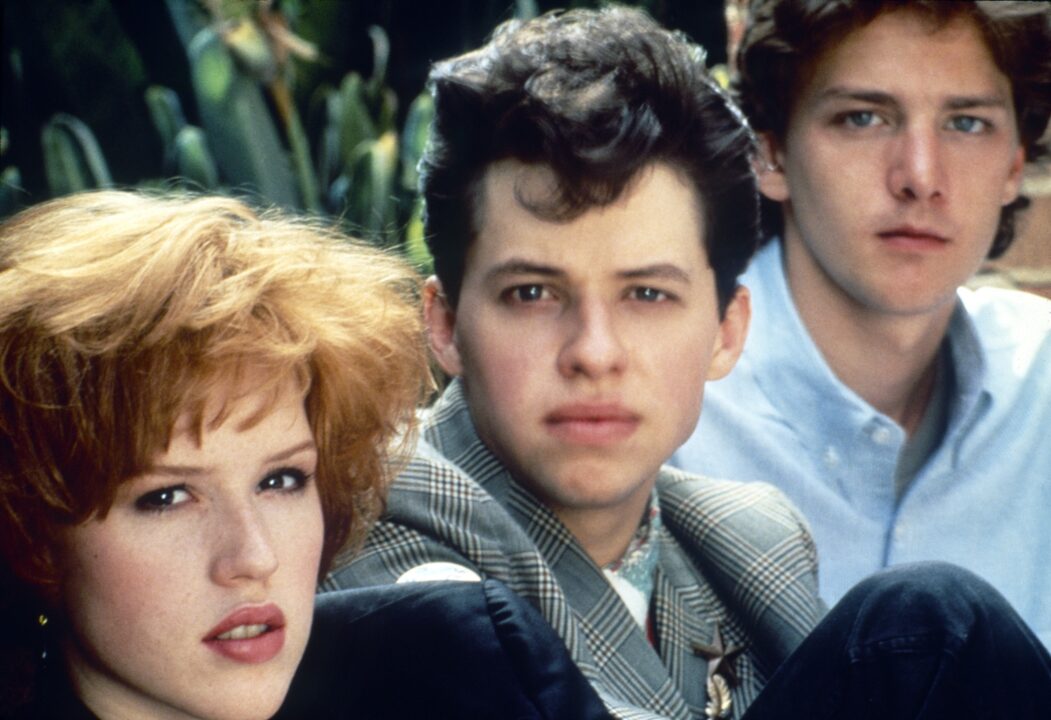 Filming Pretty in Pink, a role that launched his career and which McCarthy only received because after he left the audition, Molly Ringwald told John Hughes, “That’s the kind of guy I would fall for,” had tense moments too.
Filming Pretty in Pink, a role that launched his career and which McCarthy only received because after he left the audition, Molly Ringwald told John Hughes, “That’s the kind of guy I would fall for,” had tense moments too.
“Molly and I never grew close,” he recalls. “My power on set would come from maintaining some form of distance. That I was older than Molly — at twenty-two, I was starting to spend many of my evenings drinking in bars and clubs, while Molly was still in high school — was less responsible for the emotional gap that grew between us than this aloof position that I adopted.”
He then goes on to describe the many downsides to his sudden fame following the success of Pretty in Pink. Friends and family often called to ask him for money, after which they generally resented him for it. People also treated him differently, to his detriment; eventually, it forced him to retreat more into solitude and rely more and more on alcohol abuse.
“Aspects of selfishness and perceptions of uniqueness that are normal in children — qualities we learn to outgrow in adulthood — began to be reinforced and validated. The fledgling sense of adult identity that had been forming in me was jolted, thrown off its natural evolutionary trajectory… A young, ‘hot’ movie actor was who I was now, and every relationship would be altered by it.”
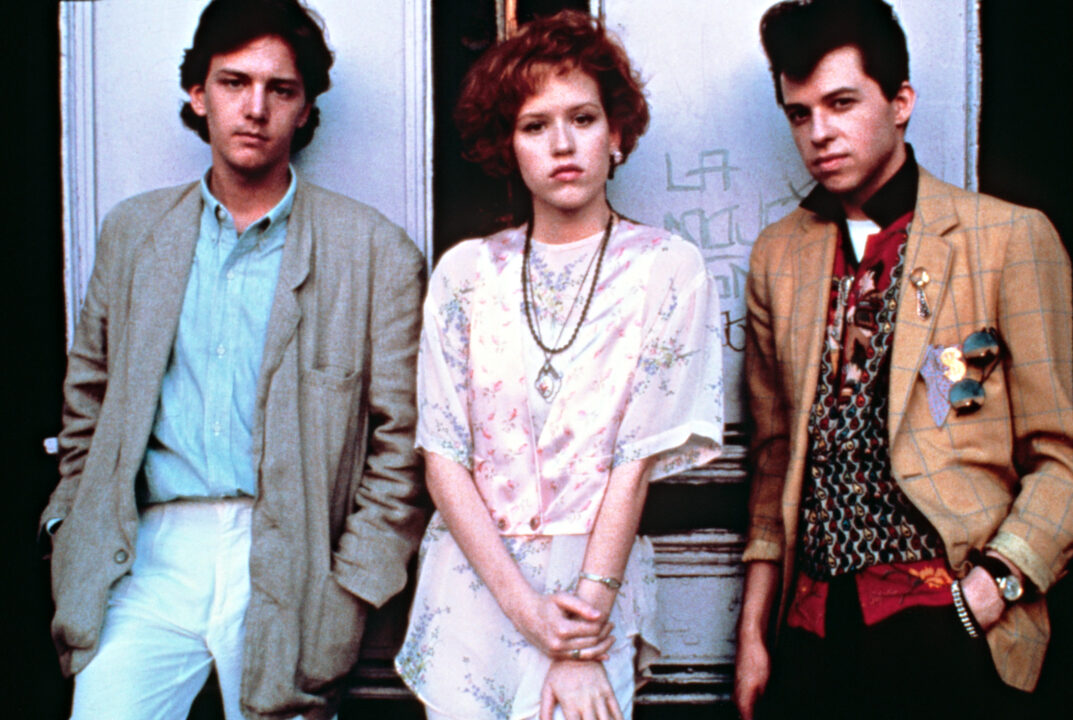 Originally, the ending of Pretty in Pink entailed Blane ditching Andie and the prom; but a test screening had produced very negative reactions to this, so the production crew decided to reshoot it so that the unlikely couple ended up together. McCarthy was in New York doing a play at the time, and had to fly in by jet.
Originally, the ending of Pretty in Pink entailed Blane ditching Andie and the prom; but a test screening had produced very negative reactions to this, so the production crew decided to reshoot it so that the unlikely couple ended up together. McCarthy was in New York doing a play at the time, and had to fly in by jet.
“Since he would also be coming from New York, Jon Cryer was put on the plane as well. Jon and I had not gotten along during filming. Jon had a nervous laugh I found irritating, and my impatience with him exacerbated any feelings of insecurity he might have been experiencing, which only fed my irritation, which in turn fueled his feelings of insecurity. I quietly enjoyed the power it gave me over him and justified it as perfect for the roles … when Jon raged one of the film’s most oft-quoted lines — ‘His name is Blane? That’s a major appliance, not a name!’ — his fury toward me was real and justified.”
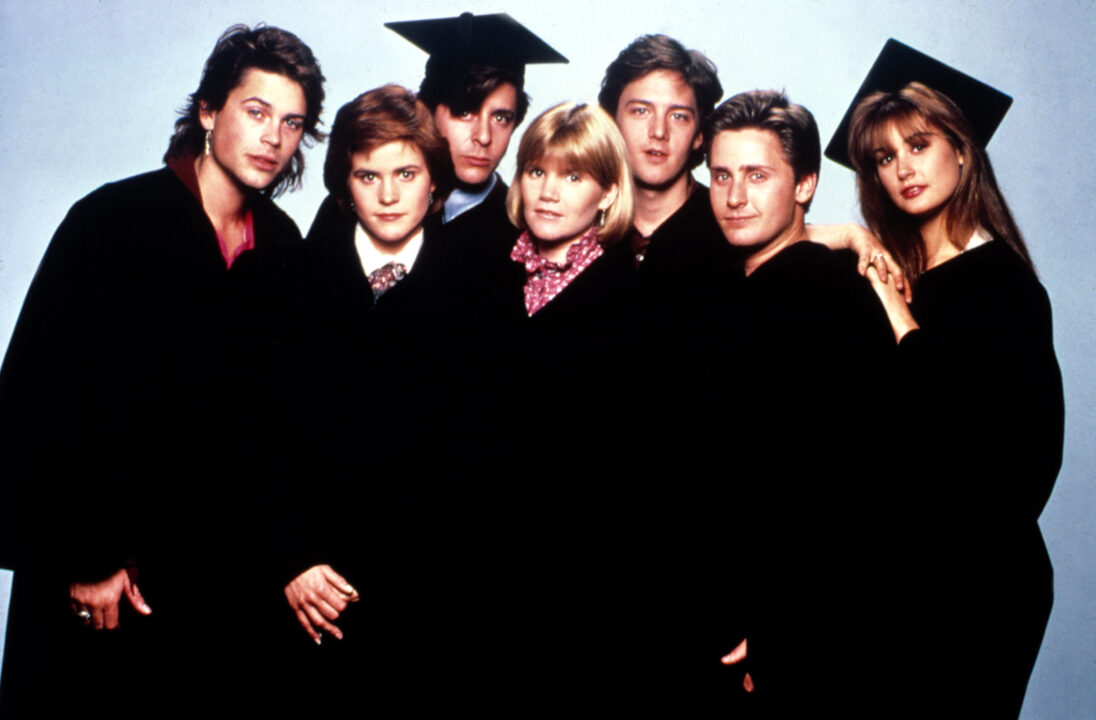 Finally, McCarthy writes about the Brat Pack itself. Originally viewed as a disparaging term — and, in fact, written as such in the original article that inspired its creation, wherein a journalist accompanied Low, Estevez and Nelson to an evening out at a bar and deemed them entitled — McCarthy has, in recent years, acknowledged the Brat Pack as the term of endearment it eventually became. But at the time, he hated it.
Finally, McCarthy writes about the Brat Pack itself. Originally viewed as a disparaging term — and, in fact, written as such in the original article that inspired its creation, wherein a journalist accompanied Low, Estevez and Nelson to an evening out at a bar and deemed them entitled — McCarthy has, in recent years, acknowledged the Brat Pack as the term of endearment it eventually became. But at the time, he hated it.
“The irony, of course, was that even as the Brat Pack was becoming solidified in the mind of the public, each successive mention in the press helped to ensure its dissolution. Immediately after the article appeared, actors began to actively avoid making any movie that might be considered a Brat Pack endeavor, and helped to kill off the current cycle of youth ensemble movies,” he writes. “In a gesture as effective as sticking my finger into the crack of a crumbling levee, I took the stance of shrugging off the whole Brat Pack mess and saying it would pass. Yet the ferocity with which the term was flung about only grew in intensity.”
The downsides of fame are no secret, especially if you are more interested in the acting than the attention that follows it, which McCarthy admits freely. But to hear it recounted in such detail was fascinating. If you can’t wait for the documentary, make sure to check out Brat: An ’80s Story.
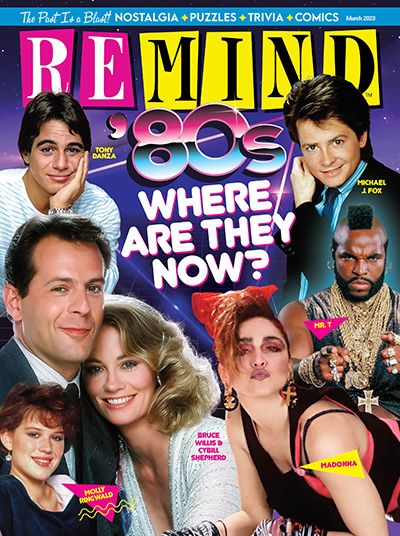
’80s Where Are They Now
March 2023
Who can forget all the great TV shows, movies and music of the ‘80s? See what your favs are up to now!
Buy This Issue
